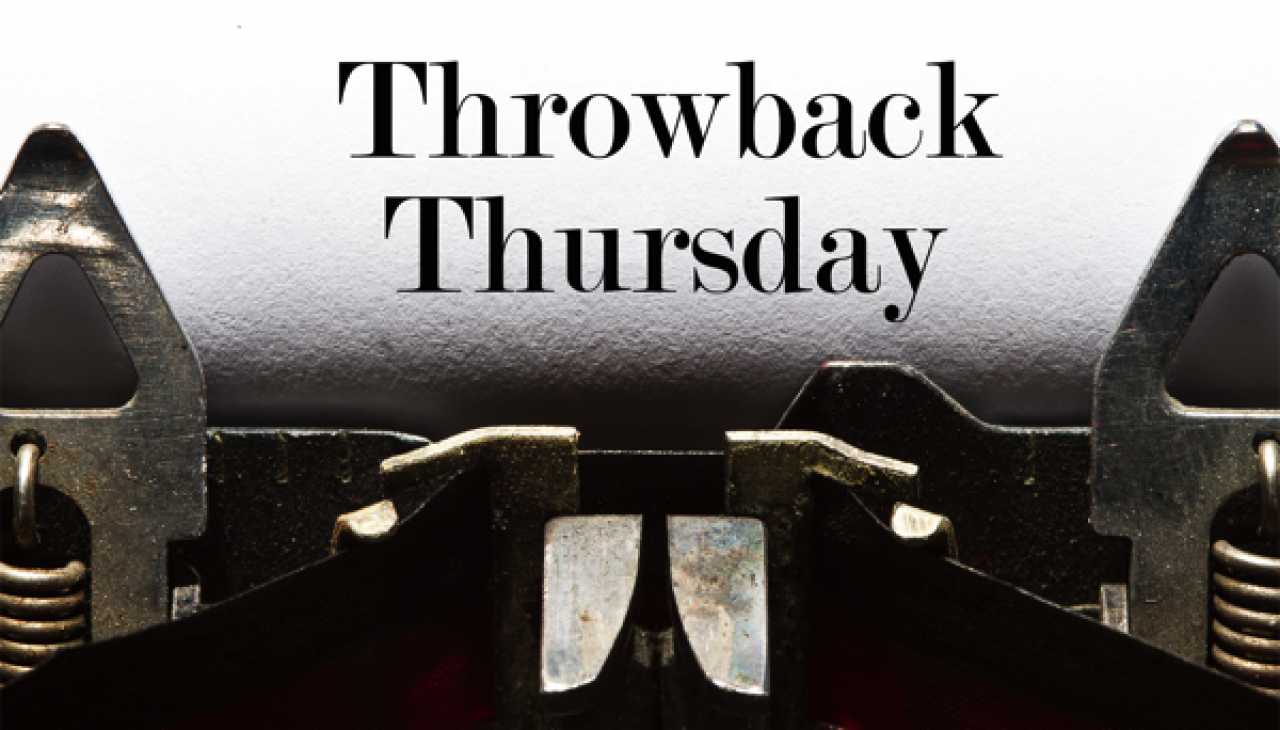Britain's Official Adoption of Greenwich Mean Time
In 1847 and 1848, the majority of British railway companies adopted Greenwich Mean Time (GMT) in an attempt to standardize arrival and departure times.
In the 1840s, the railways were speedily growing across the face of Great Britain. One major flaw uncovered by this forwarding of technology: non-standard time-keeping. Big cities and little towns all over England weren't running on the same schedules as there was no time system adopted by the country as a whole.
Greenwich, just south of London, is the base for the Royal navy, and has served as the time base for Britons since 1675, when King Charles II founded the Royal Greenwich Observatory. The Observatory is home to the Prime Meridian line, which is the point at which the Earth's eastern and western hemispheres are evenly divided. Britain's revered Royal Naval Academy is within walking distance of the Observatory.
In 1847 and 1848, the majority of British railways and railway companies adopted Greenwich Mean Time (GMT) in an attempt to standardize arrival and departure times. On August 2, 1880, Parliament legally utilized GMT as the national standard, and eventually GMT became the international measure for keeping correct time and for setting time zones across the globe. In fact, before the adoption of GMT, there were more than 300 local times used in the U.S. alone.
Greenwich remained the benchmark for international timekeeping until 1971, when Coordinated Universal Time a system of atomic clocks located all around the world was adopted to provide a more reliable standard.
How did GMT become less reliable? Well, actually it didn't. If the Earth itself would move reliably, GMT would still be our choice for timekeeping. The Earth and its circle around the sun don't quite move like clockwork, and we need to adjust our systems to match those movements. Though the stars and the planets may seem to progress in perfect harmony, there are irregularities and shifts; not only do we have leap-years to keep things straight, but scientists figure in units as small as leap-seconds to keep us on time. As we move forward in history, each day is billionths of a second longer than the day before. Our modern day and its 24 hours are considerably longer than the days when dinosaurs roamed the earth (researchers estimate those days were probably closer to 6-8 hours in length).
The abbreviation GMT is still in use today, and the Royal Observatory is a great place to visit, if for no other reason than to stand across the Prime Meridian Line, with one foot in the Eastern hemisphere, and one foot in the Western.
I'll see you in London.

 Member Connect
Member Connect